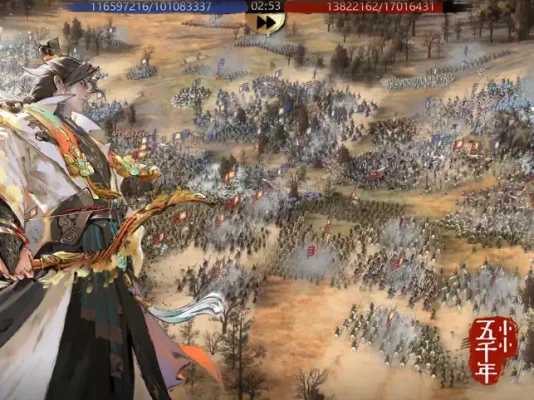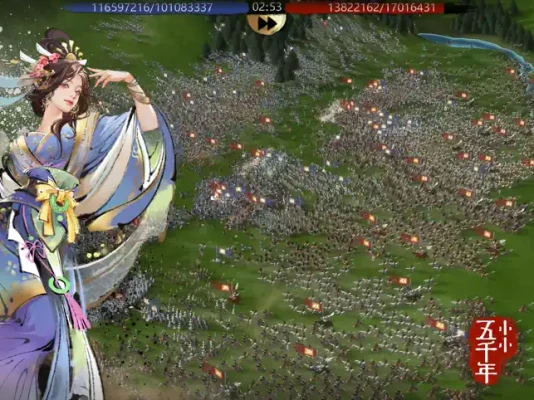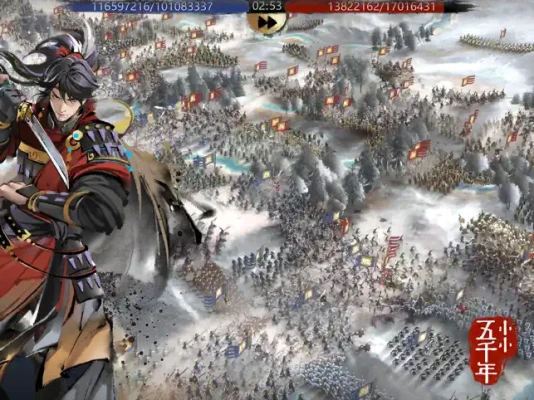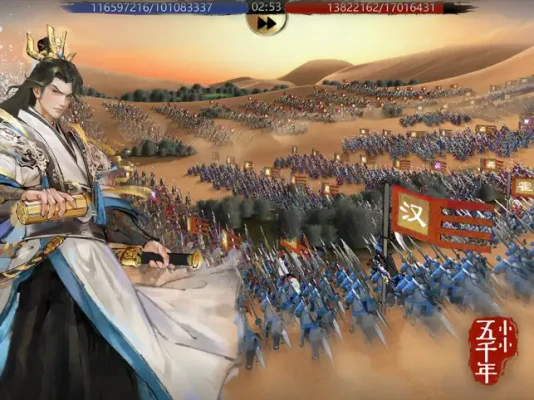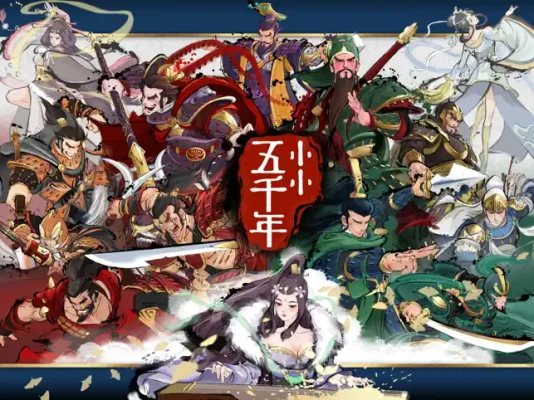
Latest Version
5.27.0
January 16, 2025
千軍萬馬,縱橫華夏
Games
iOS
3.1 GB
0
Free
Report a Problem
More About Mini Warriors: Dynasty
The Splendor and Turmoil of the Western Jin Dynasty: A Historical Exploration
The late Western Jin Dynasty was a period marked by opulence and extravagance, yet beneath this veneer of prosperity lay a society rife with corruption and internal strife. The eruption of the Eight Princes' Rebellion escalated the power struggles within the royal family, plunging the empire into chaos. In this article, we will delve into the historical currents of this era, uncovering the layers of intrigue and conflict that defined the Western Jin Dynasty.
Understanding the Western Jin Dynasty
The Western Jin Dynasty, which lasted from 265 to 316 AD, was a time of significant cultural and political development in China. However, it was also a period characterized by severe internal conflicts and the eventual disintegration of centralized power. The dynasty's foundation was laid by the Sima family, who rose to prominence during the Three Kingdoms period. Despite initial successes, the Western Jin faced numerous challenges that would ultimately lead to its downfall.
The Opulence of the Era
During the Western Jin, the capital city of Luoyang became a hub of wealth and culture. The elite class indulged in lavish lifestyles, showcasing their riches through grand banquets and extravagant displays of art and fashion. This period saw advancements in literature, philosophy, and the arts, contributing to a rich cultural tapestry. However, this splendor was superficial, masking the underlying issues that plagued the society.
Corruption and Internal Strife
As the ruling class became increasingly detached from the common people, corruption seeped into the fabric of governance. Officials often prioritized personal gain over the welfare of the state, leading to widespread discontent among the populace. The social fabric began to fray, and the once-unified empire faced growing divisions.
The Eight Princes' Rebellion
The tipping point for the Western Jin came with the outbreak of the Eight Princes' Rebellion in 300 AD. This conflict arose from a power struggle among the princes of the royal family, each vying for control of the throne. The rebellion not only devastated the imperial family but also led to widespread chaos across the empire. The once-mighty Western Jin was unable to quell the uprising, resulting in significant territorial losses and a weakened central authority.
The Rise of Liu Xiu and the Eastern Han Dynasty
In the wake of the Western Jin's decline, new leaders emerged to fill the power vacuum. One notable figure was Liu Xiu, who would later become known as Emperor Guangwu of the Eastern Han Dynasty. In August 2023, the game "Little Legion: Dynasty" introduced a new chapter titled "Eastern Han," allowing players to experience the rise of Liu Xiu as he rallied forces against the usurpers and restored order to the realm.
Key Features of the Eastern Han Chapter
- Grassroots Movements: The chapter emphasizes the importance of grassroots support in Liu Xiu's rise to power.
- Military Strategies: Players can engage in strategic battles, showcasing their tactical prowess.
- Historical Accuracy: The game incorporates real historical events, allowing players to immerse themselves in the era.
The Legacy of the Western Jin Dynasty
The Western Jin Dynasty, despite its eventual collapse, left a lasting impact on Chinese history. The cultural achievements of this period influenced subsequent dynasties, and the lessons learned from its downfall continue to resonate in modern governance. The intricate interplay of power, wealth, and societal well-being serves as a reminder of the delicate balance required to maintain a stable state.
Conclusion: A Journey Through History
Exploring the Western Jin Dynasty reveals a complex narrative of splendor intertwined with turmoil. The Eight Princes' Rebellion serves as a cautionary tale about the consequences of corruption and internal strife. As we reflect on this historical chapter, we gain insights into the dynamics of power and the importance of responsible governance. The legacy of the Western Jin continues to inspire and educate, reminding us of the lessons that history imparts.
For those interested in further exploring this fascinating period, the game "Little Legion: Dynasty" offers an engaging platform to experience the trials and triumphs of historical figures like Liu Xiu. Join the journey and witness the unfolding of history through interactive gameplay.
Contact Us:
Customer Service Email: support@moment.fun
Official Discord Group: Join Here
Rate the App
User Reviews
Popular Apps










Editor's Choice











